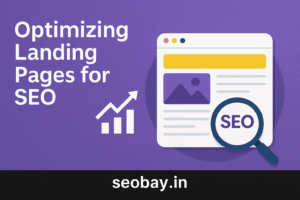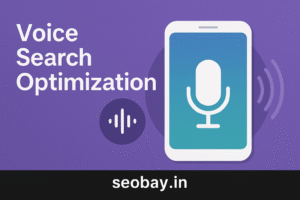
How To Optimize Landing Pages for SEO
Introduction In the digital age, creating high-converting landing pages is vital for generating leads and boosting sales. However, to truly

Introduction In the digital age, creating high-converting landing pages is vital for generating leads and boosting sales. However, to truly

In today’s fiercely competitive landscape, optimizing your ad budget is paramount. However, staying abreast of the latest Pay-Per-Click (PPC) trends

How to Optimize My Website Content for Voice Search in 2024? Voice search optimization has gained popularity worldwide, with approximately
As 2024 unfolds, it brings fresh prospects to redefine your social media marketing strategies and explore innovative avenues to enhance
Optimizing your blog posts is crucial for improving your website’s search engine ranking and attracting more organic traffic. The best
Benefits of Ecommerce Seo : In today’s digital age, having an e-commerce website is crucial for businesses to stay competitive
Importance of social media marketing in today’s landscape is due to the fact that it is where buyers and customers
As technology continues to evolve and become increasingly complex, it is important for webmasters nowadays to stay up-to-date on the
First Some SEO Basics SEO Lead Generation : SEO (search engine optimization) is a process that can be used to
Nowadays, every brand wants to make its brand presence online amongst its target audience as quickly as possible. Many people

SeoBay.in is a results-driven digital marketing agency helping businesses grow through strategic SEO, PPC, content, and online branding solutions. We blend data, creativity, and experience to deliver real growth.
© 2025, SeoBay. A Digital Marketing Company
All Rights Reserved.